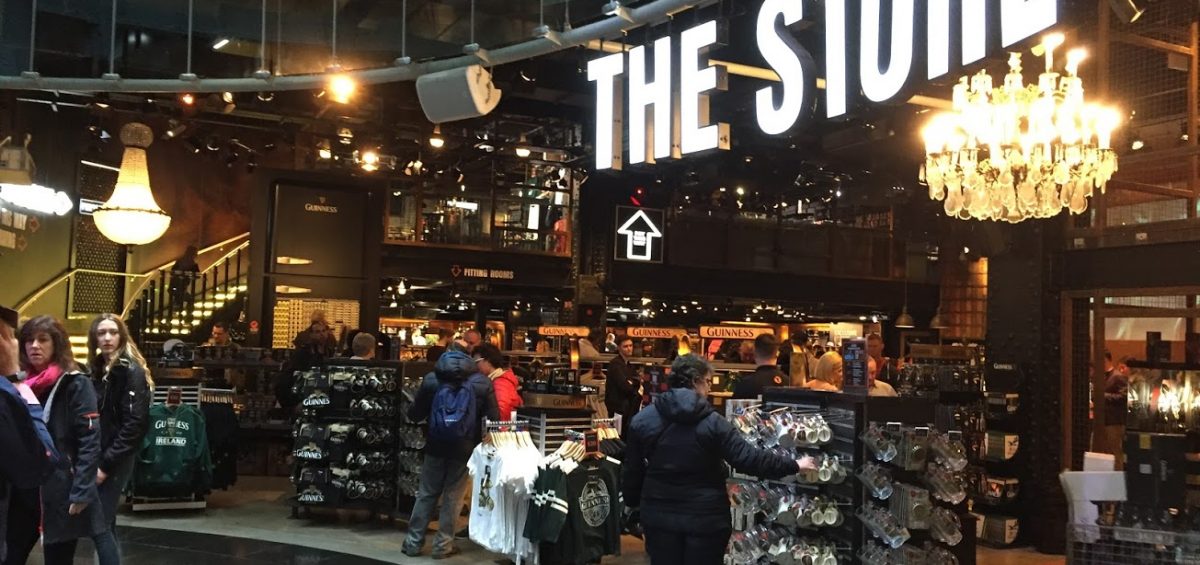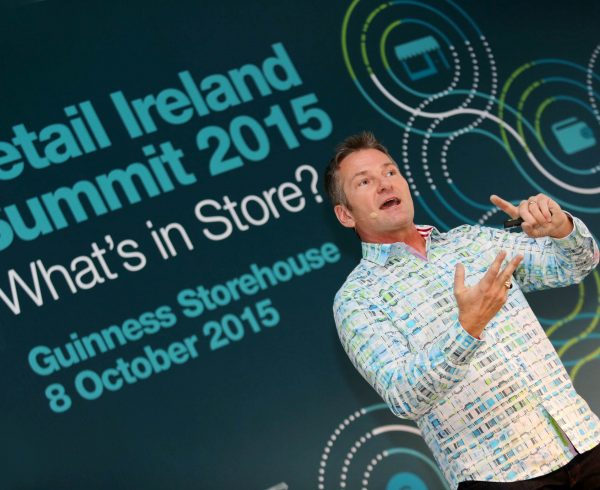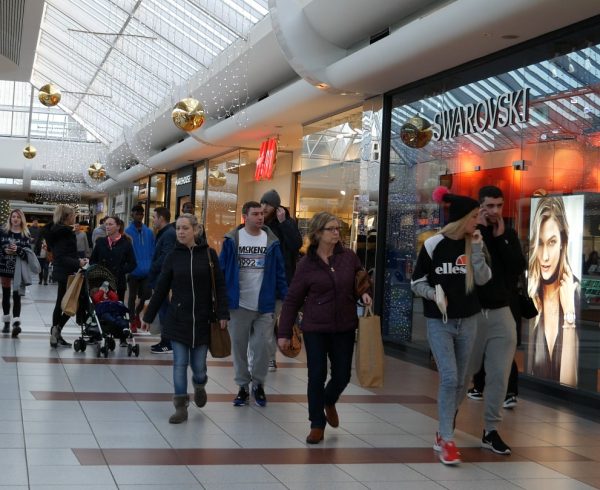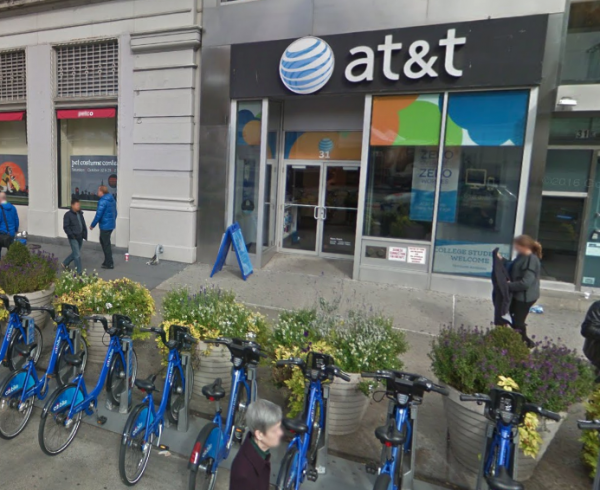Demographic targeting offline: How can you collect data on the gender and age of your customers, if you don’t work on the internet?
Henry lives in Bristol and he decided to start a new business. He quit his job and opened a shoe store called “Henry’s Shoes”. Many of his neighbours told him this was a bad idea, but Henry did extensive research on starting a business. His favourite online sources were “Forbes” and “Entrepreneur”. Henry believed that anything is possible. As often happens, reality turned out to be a lot harsher than he had imagined. But Henry knew that an entrepreneur is a person who makes their dreams come true.
At first, Henry attracted buyers to his store through advertisements in local media and on the internet. He emphasised his affordable prices and high quality from local producers. At the same time, he played on the patriotic feelings of his buyers. His business wasn’t failing, but it wasn’t reaching its full potential either. Henry read an article in “Entrepreneur” magazine about new people counters and camera technologies. These cameras recognise the gender and age of visitors, the amount they spend and their rate of conversion. Henry decided to install these people counters and cameras in his store. After they were installed, everything changed dramatically. Henry began to run his business based on the data he collected, including demographics. Today he is successful in analytics and business and offers free advice to his fellow entrepreneurs!
Henry’s Lessons
Lesson 1: Lingerie for men
Who else, other than women, go into a lingerie store? Nicholas, the owner of a chain of stores called “Belle Lingerie,’’ decided no one: only women buy lingerie. Therefore, he launched a large advertising campaign in women’s magazines and on the internet. Women of all ages visited his stores, as Nicholas opened them in areas with a high pass-by rate . However, even then his sales were low and all of his profits went into paying the rent.
Two weeks later, Nicholas felt like Columbus right after he discovered America! He was now able to accurately segment the female visitors by age and learn the buying habits of his visitors, also by age. This allowed to him to adjust his advertising campaign, making it more targeted.
But the most important thing that Nicholas discovered is that 17% of his sales came from men! They seemed to visit his stores to buy gifts. He also discovered that the average ‘male’ receipt was 12% higher. Nicholas created a separate women’s lingerie advertising campaign targeted at men. He placed it in men’s magazines, magazines about cars, fishing and hunting and advertised to male communities on the internet. Even better – Nicholas’s competitors have not caught on! No one else has guessed that they would achieve these results by advertising to men. “Belle Lingerie” has this market all to itself.
Because of the new advertising campaign, his conversion rate among female visitors grew by 3.5%, while the male conversion rate increased by 7% and Nicholas’s business is thriving.
Lesson 2: Flowers for Men
Rachel worked as a chief accountant in a construction firm, but she had a favourite hobby – selling flowers. Eventually, she decided to open her own chain of flower shops called “Downtown Florist”. She would create the bouquets herself. Rachel launched an advertising campaign on the internet. She created a company page on various websites, including Facebook, Instagram and Pinterest. She then began waiting for a flow of customers. But six months down the line, her business was not bringing in sufficient profits. Sales were too dependent on the seasons. And while people liked unique bouquets, they were scared off by the high prices. Although Rachel did everything “by the book”, her advertisements on the internet were not effective. She then decided to ask for advice on her LinkedIn page. Henry, who was one of her connections, let them read on to find out. He told her to place cameras in her stores, which would recognise the gender and age of her visitors. While also counting their amounts, conversion rate and so on. “It’s the best way to collect data that will help you to understand your customers better”, Henry promised her. Rachel took his advice and here is what happened…
Rachel installed sensors in her stores for a two-week test period and began to collect analytics. It turned out that more women came into her stores than men, but men tended to spend more time there and more money. Rachel tweaked her advertising campaign, targeting it more towards men. As a result, more men visited the store and her conversion rate and revenue grew accordingly! What’s more, the cameras paid for themselves. Because of the extra income, they generated, the cost of these cameras was covered in the first three months. Rachel’s “Downtown Florist” business was showing a noticeable increase in profits after five months. And from there, her profits continued to increase. Rachel thanked Henry for his advice by sending Henry and his wife a bouquet of her most expensive flowers.
Lesson 3: Youngest is not always best
Michael decided to open a shared office for startups, in a local business park. He chose the location wisely: there was easy access to public transportation and the building was solidly built and well-managed. The time was also right. Despite the economic downturn, startups were on the rise . To increase the value of his shared workspace, which he called “Startup Central”, Michael put in a free business library and a smoothie bar. He bought designer furniture in the style of Philippe Starck, launched an advertising campaign and created the hashtag #IamWork. He invited his startup friends and proudly changed his Facebook status to “Founder at Startup Central”. However, six months after its grand opening, his shared office space was still only 48% filled. Michael began thinking about closing it. Henry, Michael’s former classmate, told him about the cameras which recognise the gender and age of his visitors, count their amounts, conversion and so on.
Michael felt that this was his last chance to become a successful entrepreneur. He decided to set up the sensors at the entrance into his shared office space, so he could recognise the people passing by. It turned out that the majority of visitors to the business park were not, as Michael had assumed, twenty-something entrepreneurs . Michael did not go searching for the connection but decided to change the decor of his co-working space. He painted the walls with calming colours instead of bright ones. He changed his furniture from fashionable to tasteful yet comfortable. He decided to change his sign from green, in a trendy, new font, to black, in Times New Roman font. Additionally, he removed the smoothie bar and equipped the kitchen with a microwave and cooler. Michael also changed the emphasis of his advertisement campaign from “fashionable workplace in a modern business park to “comfortable workspace for professionals”. He also aimed it at men in their 30s and older. That month, his occupancy rate grew by 8% for the first time in three months. The next month, it grew by another 15%. In a period of six months, his shared workspace was 82% filled. Michael didn’t close “Startup Central”; he continued growing his business.
In Conclusion
With the help of new technology, you can obtain socio-demographic data about your customers, not only online but also offline. When used correctly, demographic targeting can help transform your business. This is especially true if you work in an industry with unique customer demographic profiles. Study your customers, analyse the data and adjust your advertisement campaigns accordingly. Make data-driven decisions, and your sales will surely improve.









